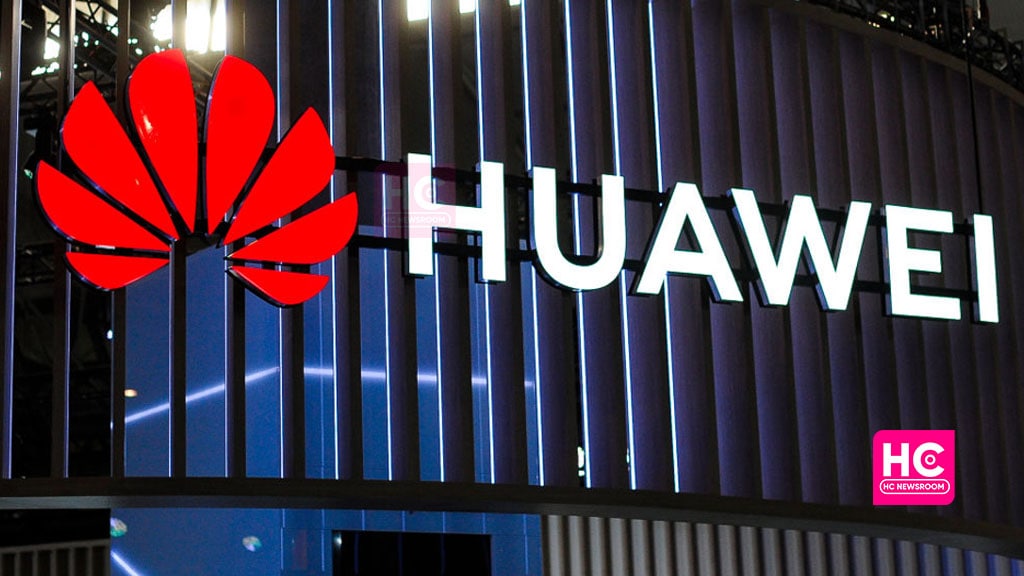Patent
Huawei patent shows new technology to enhance chip development

Huawei issued a new patent to enhance the chip development of the company. The latest patent application shows the usage of EUV lithography technology to improve the manufacturing of integrated circuits and chipsets.
For your information, EUV (Extreme UltraViolet) Lithography is an optical technology used to make chipsets and circuits for electronic devices. It is a preferable tech for processors of 7nm or below processing structures.
Further, lithography mainly performs the transfer, processing, and creation of micro-nano graphics. It also verifies the total elements equipped in a chipset and checks the appropriate size and other details in the circuits.
After noting down such benefits, Huawei decided to obtain the respective tech patent to improve its chip development. As per the latest inputs, this mechanism will use a reflector, lithography system, and control management.
In addition, the lithography system will comprise the following components:
- A specialized mirror (Decoherent Mirror)
- Illumination (lighting) system
- Reflecting Mirror or rotating mirror
Here, the illumination system plays a vital role in the whole mechanism. It provides high-uniform light, controls exposure, and determines off-axis lighting effects to optimize the level of resolution and raise the depth of focus.
Besides, this system includes a field-wide-vision compound lens, a diaphragm-wide-vision lens, and a relay lens.
How the lithography technology will work?
To begin with, a coherent source along with a rotating mirror will emit light on the illumination system. This system will divide the emitted light into multiple sub-rays using the field-wide-vision compound lens.
After the division, the diaphragm lens and the relay lens will adjust the direction and radiation of each sub-ray and project it on the mask area to conduct lithography.
Together, this process will form an interference pattern that will keep on changing with new light rays. Consequently, this will equalize the light exposure and will solve the un-uniform light issues that often occur in chip development.
Alongside uniform light rays, this mechanism will ease the creation and formation of the nano-particles that are assembled in the integrated circuits or the micro-chipsets.
(Source)






